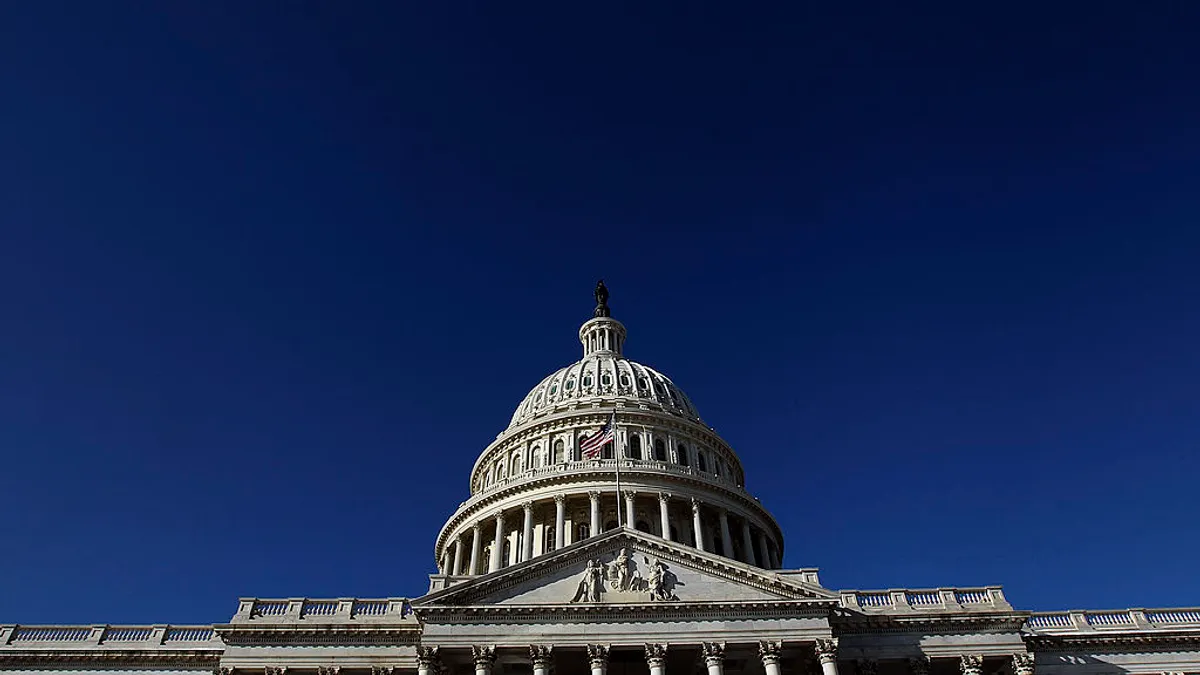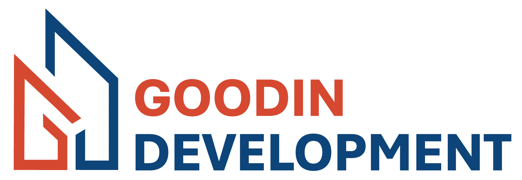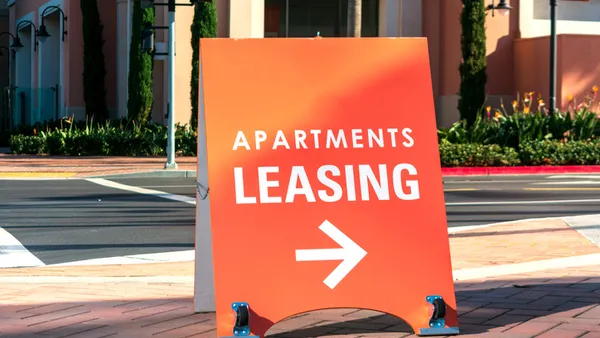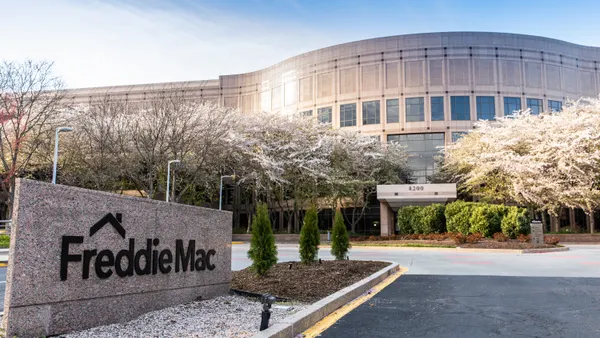Dive Brief:
- The Senate passed a bipartisan bill on Oct. 9 that aims to boost the nation’s housing supply via a wide range of mechanisms. The ROAD to Housing Act directs HUD to develop best practices, in collaboration with housing experts, that equip state and local governments with an array of options to increase housing production.
- Most of the provisions aim to make the process of building housing easier on the local level, with the goal of increasing supply and ultimately easing prices. For example, the Build Now Act rewards communities that welcome housing growth with more Community Development Block Grant funding.
- The bill, located within the National Defense Authorization Act for Fiscal Year 2026, now advances to the House for approval before heading to the president’s desk. It’s the first bipartisan markup for housing in over a decade, CNBC reported.
Dive Insight:
The Senate took a historic step towards addressing the worsening housing crisis by passing the ROAD to Housing Act, Senator Elizabeth Warren (D-Mass.), ranking member of the Senate Committee on Banking, Housing, and Urban Affairs, said in a release. Sen. Tim Scott (R-S.C.) chairs the committee.
“This landmark legislation – the first of its kind in more than a decade – takes important steps to boost the nation’s housing supply, improve housing affordability, and increase oversight and efficiency of federal regulators and housing programs,” Warren said.
S.2651 passed unanimously out of the bipartisan Senate Banking Committee in late July, with the support of housing industry groups such as the National Association of Home Builders.
“NAHB applauds the Senate for passing a bipartisan housing package to fix the housing crisis by addressing our nation’s critical lack of housing supply,” said NAHB Chairman Buddy Hughes in the release. “The ROAD to Housing Act includes favorable provisions aimed at zoning and land-use policies, rural housing and multifamily housing that will stimulate construction of sorely needed housing.”
The bill text incorporates part of at least 27 previously introduced pieces of legislation, most of which had bipartisan sponsorship.
Section 208 rolls back the National Environmental Protection Act review process for small and infill housing projects, while Section 202 requires the agency to prioritize grant awards to recipients in Opportunity Zones.
The bill also permanently authorizes HUD’s Community Development Block Grant Disaster Recovery program, which provides resources to states, tribes and localities to rebuild housing after a natural disaster. Currently, Congress has to reauthorize the program regularly or after a disaster.
Other key provisions for the multifamily industry include:
- The Build More Housing Near Transit Act: Incentivizes local governments to build more housing near federally funded transit projects via by-right zoning and reduced parking minimums.
- The Housing Supply Frameworks Act: Directs HUD to publish guidelines and best practices for state and local zoning policies.
- The Choice in Affordable Housing Act: Aims to reduce HUD inspection delays by allowing units that are financed through other federal housing programs to automatically satisfy voucher inspection requirements if inspected within the past year.
- The HOME Investment Partnerships Reauthorization and Improvement Act: Reauthorizes the program and bumps funding up to $5 billion, among other improvements aimed at facilitating the construction of affordable housing.
- Accelerating Home Building Act: Aims to overcome local regulatory cost burdens to affordable housing development by encouraging the use of pattern books of pre-approved housing designs at the local level.
- Housing Affordability Act: Requires the Federal Housing Administration to study multifamily loan limits and then grants HUD rulemaking authority, with FHA input, to adjust those limits to better match housing market costs and enhance affordability.
Click here to sign up to receive multifamily and apartment news like this article in your inbox every weekday.












